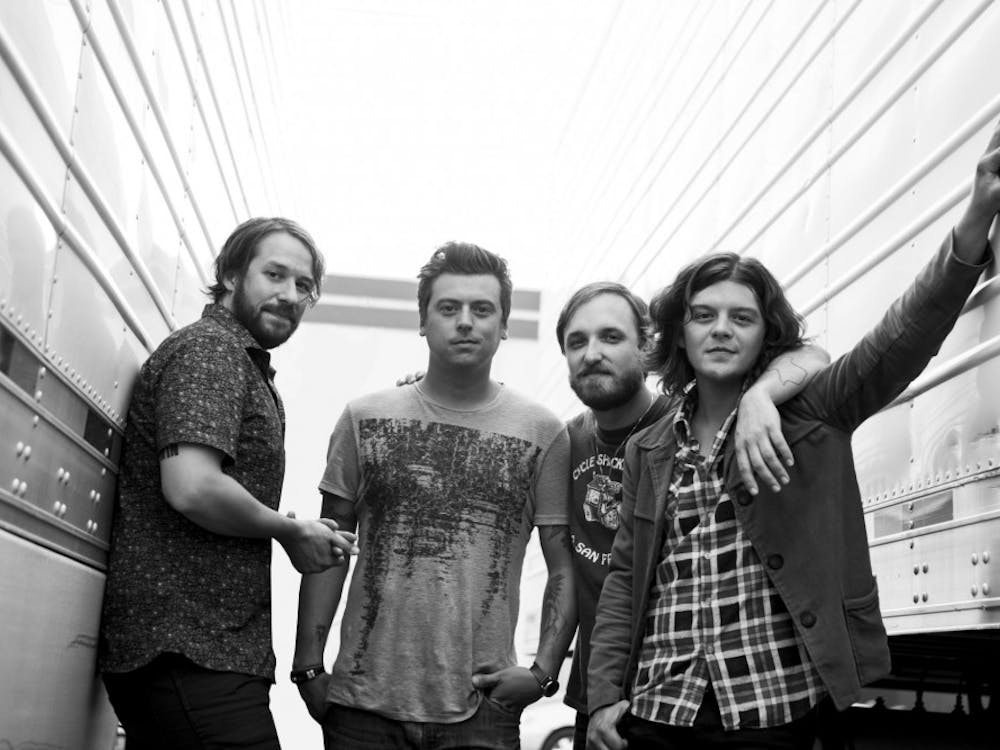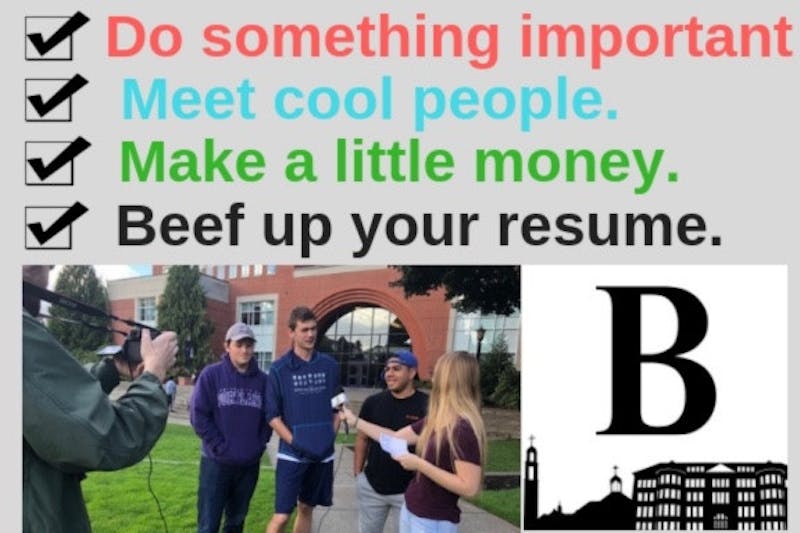Education majors immerse themselves in field experience, gain classroom insights
By Laura Frazier
At Chief Joseph Elementary School on North Saratoga St., where freshman education student Sarah Cundiff goes for field study, the children must eat their lunch in silence. The silence may seem odd or unnecessary, but it forces students to focus on eating their food in case they don't get another meal at home.
For Cundiff and other education students whose field study and student teaching takes them out into local schools, situations like this are likely. But UP students embrace the challenges that they face when working in a diverse community.
Field study is a training requirement for all UP freshmen, sophomore and junior education students. It is an observational program in which students help teachers with tasks, but do not teach the class themselves. Students work in classrooms for a few hours a week.
Though they may not be in charge in the classrooms, education professor Hillary Merk said that field study is essential for education students, as it reinforces the curriculum taught in their classes at UP.
"Field study is the crux to connect theory and practice," Merk said. "It is crucial for students to really understand what is in text books."
For senior education students, the program is more intense. As student teachers, seniors work in classrooms for several hours a day and teach the class themselves. At this time, they are preparing to enter the job market.
"Being a student teacher is like being in a constant job interview," said senior education student Aly Ferris.
Student teaching has helped Ferris realize the dedication it takes to teach, and helped her to appreciate her own teachers.
Sophomore Claire Douglass works at an after-school program, where many of the students receive lunch, dinner and a snack while they are there. It is also common for students to put food into their backpacks for later. As a UP student, Douglass finds situations like these hard to witness.
"It's very difficult to watch these kids struggling when we just swipe our cards at The Cove for food," she said.
But Douglass is glad to be working with students who are less fortunate, as the first step to helping local students is being aware of the problems they face on a daily basis.
Junior Frances Klein, who works with 10th grade students, has noticed that students are faced with a variety of home issues.
"There are several students who are in the foster care system or have single parents," she said. "All have some sort of family issue."
Cundiff is also aware of the problems that students face, as many of them look to her for attention and support.
"I had one little boy tell me that he had been shot," she said. "They all have so many stories to tell you. They tell you for attention or sympathy because they may not get it at home."
Merk said that many UP students work in extremely diverse classrooms, which is a new experience for most.
"Now, a (UP) student may be the minority for the first time," Merk said. "It is new territory for many and important to see how teachers deal with that kind of atmosphere."
She added that students handle situations well because they embrace the diversity they are immersed in, and are not afraid to ask questions.
Through her work with minority students, Douglass has found that students want their background to be recognized.
"The biggest misconception that people have is that students don't want you to ask questions," she said. "But kids want you to recognize it and talk about it."
Douglass has found that she can connect with students through conversation. She once spoke with a young Hispanic girl about what it means to be American.
"It's confusing to speak one language at school and another at home," Douglass said. "She said that she wasn't American and that she was Hispanic. She was only identifying with one race."
Klein agrees that students are aware of their racial differences, but still get along.
"The students were all born and raised in North Portland," she said. " They all have the same background and that transcends anything else."
To freshman Andy Carroll, the greatest problem students have is behavioral.
"It seems like the teacher has to make quite a bit of effort to get things under control," he said.
Carroll works with seventh grade students and finds that it can be hard to get them to focus and cooperate. He also understands that helping students takes time.
"You really have to have a lot of patience in different ways," he said. "There will always be kids that will get up and want attention."
Ferris has found that there are ways to handle bad behavior when working with high school students.
"It's a different level of autonomy," she said. "You have to give them a little more responsibility."
By trusting her students, Ferris is respected and avoids behavioral issues.
Klein handles behavioral issues by keeping the students' backgrounds in perspective.
"Every kid you work with is a good kid, just their issues make them the way they are," she said.
Though it may be challenging at times, Douglass is thankful for the opportunity to help out in the community beyond The Bluff.
"It is a unique opportunity to jump into the classroom like I have," she said. "It has helped me recognize the inequality among schools and that classroom atmospheres can be so different."
Carroll is also appreciative of the chance to work with students.
"It is just about being able to help them," he said. " I want to be able to look back and see that I have helped."







